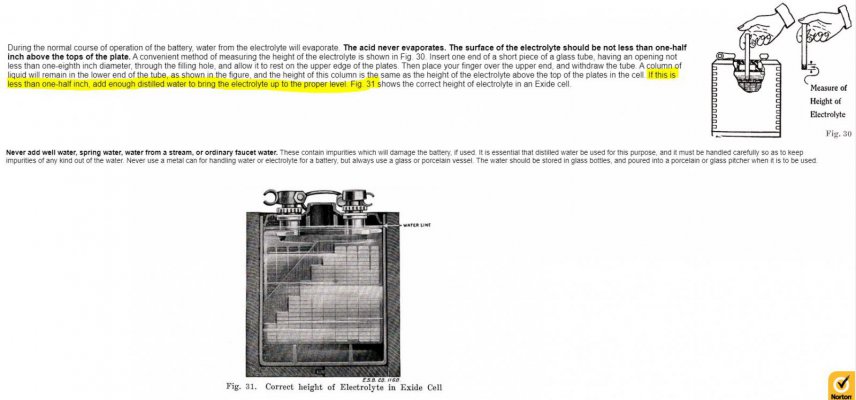A more specialised charger i kinda think could bring the battery back
Do we have any inputs on the availability of these kind of chargers which can be purchased and operated to charge the batteries at the standard 240V home voltage?
I mean, batteries are being used everywhere - bikes, cars, inverters/UPS. This problem of battery going dead (or being told so by the battery repairers/seller) is very frequent. All people using batteries in their automobiles and home are handicapped to these battery repairers, who often make a killing by replacing the battery with a new one at high cost, while the problem may simply be resolved by charging it properly.
If there is some standard home inverter battery charger out there which is safe to use at home and can be purchased online or from a proper company, half the problem may be solved.





